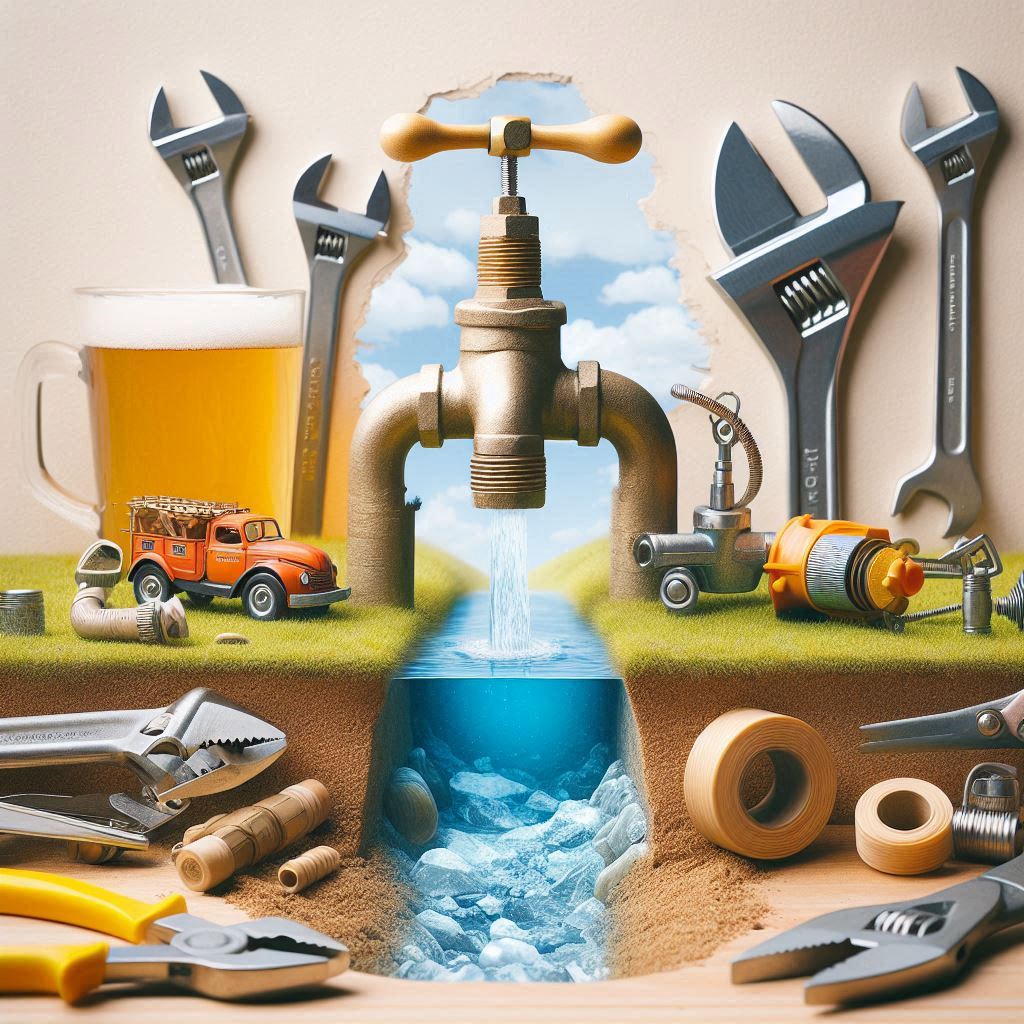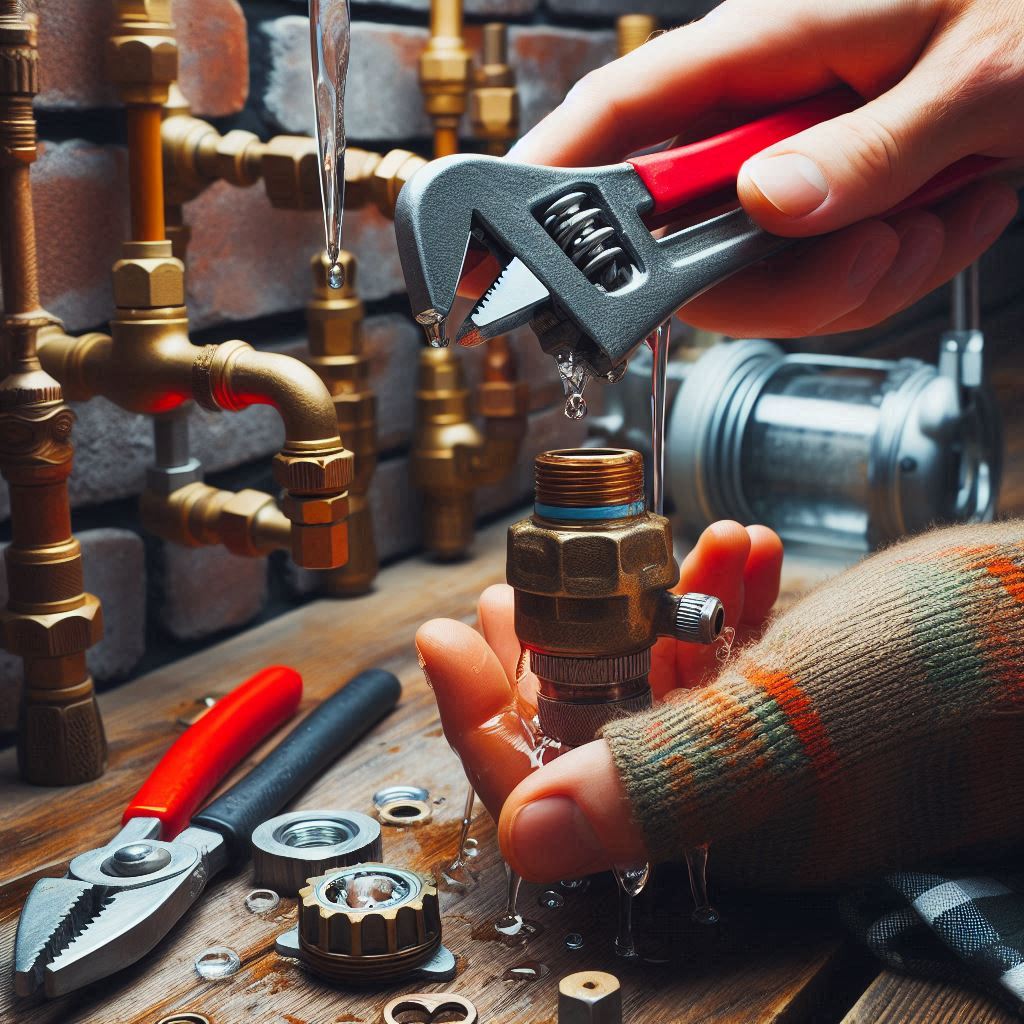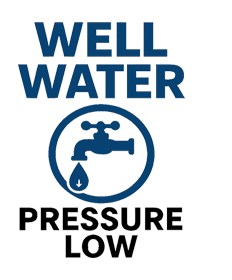There is a quiet kind of frustration that comes from turning on a faucet and not knowing what to expect—will it be a graceful stream, a weak drizzle, or an unpredictable spurt? In a home powered by a well, inconsistent water pressure can feel like living with a moody river—sometimes generous, sometimes stingy. And when the issue becomes chronic, the dreaded concern arises: well water pressure low.

But before sounding the alarm or calling in a professional, there are several DIY fixes you can explore. Like a gardener tending to wilting roses, a little hands-on care can revive your system and restore its steady flow.
Unveiling the Culprits: What Causes Inconsistent Pressure?
Think of your water system as an orchestra. If one instrument is out of tune—be it the pressure switch, the tank, or even a clogged pipe—the harmony is broken. Here are some common causes:
- Clogged filters or screens
- Faulty or miscalibrated pressure switch
- Air in the system
- Sediment buildup in pipes
- Waterlogged pressure tank
- Pump short cycling
DIY Fixes: Restoring the Rhythm
1. Clean or Replace Filters
Sediment filters are like sentinels guarding your home from grit and sand. But when they clog, water has to squeeze through like a crowd through a narrow gate. Replace them regularly. You’ll be amazed how this alone can fix that well water pressure low feeling.
2. Check the Pressure Switch
The pressure switch is the heartbeat regulator. Turn off the power, open the cover, and inspect the contact points. If they’re blackened or corroded, gently clean them with a fine emery board. If the cut-in or cut-out pressure needs adjusting, use the nuts to fine-tune them. Just like tuning a guitar—small twists can bring harmony.
3. Inspect the Pressure Tank
Knock on it. If it sounds full of water instead of a hollow echo, the tank might be waterlogged. Check the air pressure using a tire gauge at the top valve. It should be 2 PSI below your switch’s cut-in pressure. Adjust if needed.

4. Bleed Air from the Lines
Spitting faucets and fluctuating pressure may point to trapped air. Open all taps in the house and let the water run to flush out air pockets—like letting the pipes breathe freely.
5. Check for Leaks
A hidden leak is like a thief in the night—quietly stealing pressure without notice. Walk along the visible pipes and fittings; feel for moisture, listen for hissing, and monitor your pressure gauge for sudden drops.
Objections & Answers
Objection 1: “I’m not a plumber. I’ll mess something up.”
Answer: Many DIY fixes are low-risk and require only basic tools. Cleaning filters, checking tank pressure, or adjusting a switch are no more complicated than changing a light bulb or inflating a tire. Start with simple tasks.
Objection 2: “What if it’s something serious underground?”
Answer: It’s wise to rule out easy surface-level issues first. If DIY efforts don’t resolve the pressure problem, then consider a professional inspection. But many cases of well water pressure low are solved with basic maintenance.
Objection 3: “I’ve tried flushing the system, but nothing changes.”
Answer: Pressure inconsistency can be multi-layered. Combine flushing with filter checks, tank calibration, and leak detection for a holistic approach.
The Benefits of DIY Involvemen
- Saves Money – Small issues don’t become big bills.
- Builds System Knowledge – Understand your water system like a trusted friend.
- Immediate Results – Sometimes a 15-minute fix brings peace to your whole day.
- Empowerment – There’s real satisfaction in solving a problem with your own hands.
The Flow Restored
When well water pressure is low, your home is trying to tell you something. Like a song played out of key, it’s not broken—it’s just waiting to be tuned. With a bit of attention and a few DIY touches, you can turn that sputtering flow into a steady, confident stream once again.
Let the water flow as it was meant to—reliable, rhythmic, and full of life.
